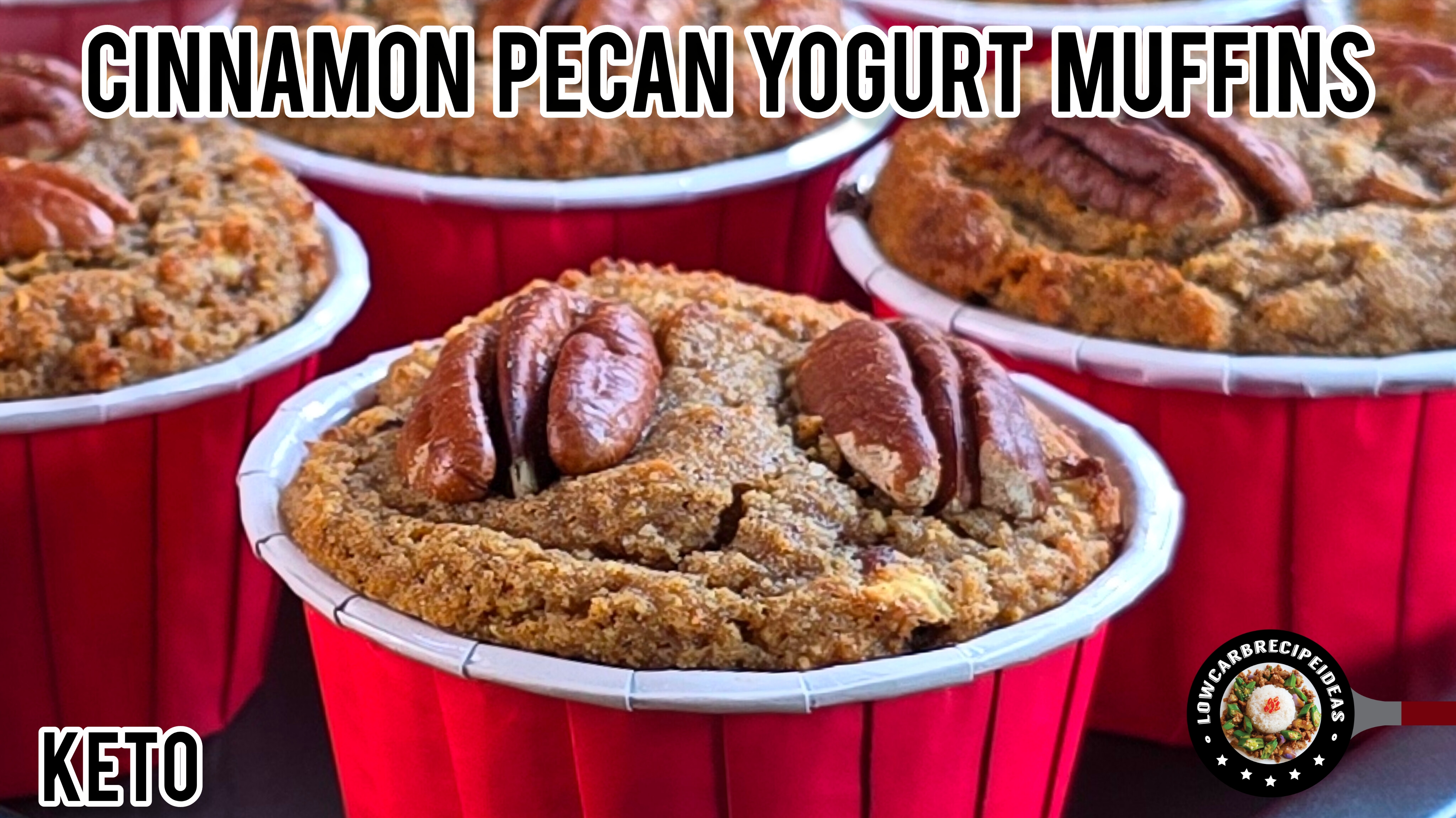Yogurt Bread
This post may contain Amazon or other affiliate links. As an Amazon Associate, I earn a commission from qualifying purchases.
1. For best results, weigh the ingredients with a digital scale
2. Preheat the oven at 210 F or 100 C.
3. Add all the ingredients for the yeast mixture into a bowl. Mix to combine then set aside. This step is to check the condition of the yeast. If there are a lot of bubbling and foaming, then the yeasts are good. If not, please change to a new batch.
4. In another bowl, mix all the dry ingredients together until well combined. Remember that if you are using egg white powder, add it into these dry ingredients.
5. Add all the wet ingredients (including the yeast mixture) and mix to combine. If you are using egg white powder, remember to add the room temperature water into these wet ingredients.
6. The dough is moderately firm and sticky. Wet your hands for easier handling.
7. I used a 7 1/2-inch round and tall pan (non-stick) lightly greased and lined with parchment paper at the bottom. It is important to use a suitable pan for yeast bread. The pan should be narrow and tall. If the pan is too big, the dough will spread sideways to fill up the gaps and you will end up with a big but flat bread.
8. Transfer the dough into the pan. Sprinkle with some oat fiber powder to prevent the towel from sticking to the dough.
9. Cover loosely with a towel and proof at a warm area for about 25 minutes or until it is well risen. Here's a tip to create a warm area - turn on the stove fire for a while then turn it off. Place the pan with dough on a baking tray and let it sit on the warmed-up stove. Leave the hood lights on. This warmth helps to proof the dough quite quickly. And you can reheat the stove midway to warm up the area again. You can also proof the dough in a preheated oven at 210F or 100C with a dish of boiling water for about 30 minutes or until well risen.
10. Once the dough has risen nicely, make a few cuts and sprinkle with a tsp of arrowroot powder. This gives a nice rustic look, but it is optional.
11. Bake in the oven for 60 minutes. Increase the oven heat to 350F or 180C. The dough will continue to rise as the heat increases in the oven until a certain point the yeast will die off.
12. Cool completely on a wire rack before slicing.
13. This bread can be kept at room temperature for a few days if you have a cool and dry climate. Otherwise, it's better to refrigerate earlier for up to a week or freeze for up to 3 months.
[Total servings = 18]
NUTRITION INFO PER SERVING
Total Carb = 4.8 g
Dietary Fiber = 3.4 g
Net Carb = 1.4 g
Calories = 53
Total Fat = 3 g
Protein = 3.5 g
This nutrition information is just a guide. Feel free to use your own macro calculation app for accuracy.
Recipe by lowcarbrecipeideas
Find more great recipes at lowcarbrecipeideasofficial.com






